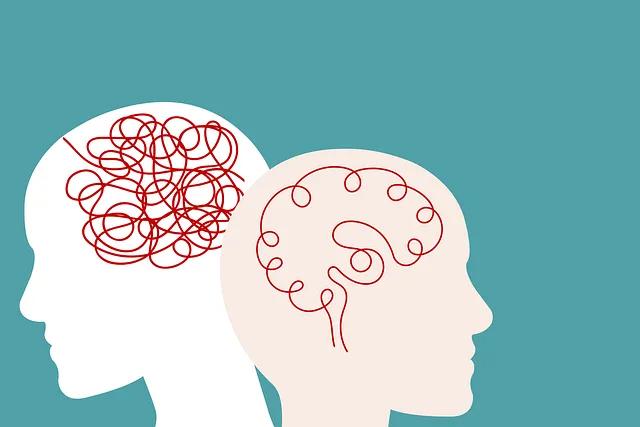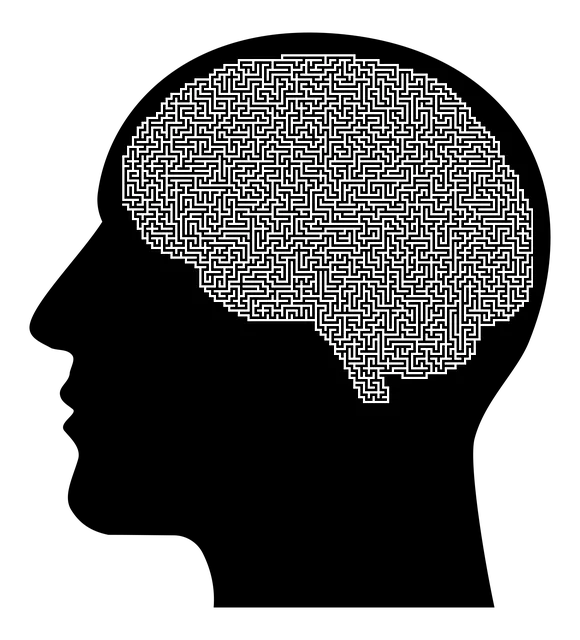Lone Tree Kaiser Permanente psychiatry employs a multi-faceted evaluation strategy for mental wellness programs, combining qualitative (interviews, focus groups) and quantitative (surveys, clinical assessments) methods. This holistic approach tracks participant progress, measures symptom changes, and gauges satisfaction to refine program offerings according to community needs. The key resource for information is the Lone Tree Kaiser Permanente psychiatry phone number.
Mental wellness program evaluations are crucial for assessing effectiveness, identifying areas for improvement, and ensuring long-term sustainability. This article explores evidence-based methods for evaluating mental health initiatives, drawing insights from various sectors. We delve into qualitative and quantitative approaches, including participant satisfaction metrics, clinical outcomes, and cost-effectiveness analysis. Additionally, we discuss strategies for gathering feedback, the role of expert review, and the importance of long-term tracking, using the Lone Tree Kaiser Permanente psychiatry phone number as a practical example for standardized evaluation procedures.
- Assessing Program Impact: Methods and Metrics
- – Discussing qualitative and quantitative methods for evaluating mental wellness programs.
- – Introduction to common metrics such as participant satisfaction, clinical outcomes, and cost-effectiveness.
- Participant Engagement and Feedback Strategies
Assessing Program Impact: Methods and Metrics

Evaluating the impact of a mental wellness program is a multifaceted process that goes beyond mere satisfaction surveys. At Lone Tree Kaiser Permanente psychiatry, we employ a comprehensive approach to gauge the effectiveness of our initiatives, focusing on both individual and community-wide improvements. One key method involves tracking participant progress through structured interviews and self-assessments, measuring changes in symptoms, coping strategies, and overall well-being over time.
Additionally, we utilize qualitative data from focus groups and one-on-one conversations to gain deeper insights into participants’ emotional healing processes. Incorporating practices like mindfulness meditation has shown significant promise, as measured through increased self-reported mental health awareness and improved participation in subsequent programs. These evaluation metrics help us refine our offerings, ensuring they remain aligned with the evolving needs of our community.
– Discussing qualitative and quantitative methods for evaluating mental wellness programs.

Evaluating mental wellness programs requires a balanced approach that combines both qualitative and quantitative methods. Qualitative techniques, such as interviews, focus groups, and observations, provide deep insights into participants’ experiences and perceptions. These methods allow for exploring complex emotions, personal growth journeys, and the impact of program elements like Mind Over Matter Principles and Self-Awareness Exercises. By delving into these subjective aspects, mental health professionals can uncover nuances that might not be apparent through quantitative data alone.
Quantitative methods, including surveys, statistical analyses, and metrics tracking, offer objective measures of program effectiveness. They help in gauging changes in symptoms, engagement rates, satisfaction levels, and other key performance indicators (KPIs). For instance, assessing the Lone Tree Kaiser Permanente psychiatry phone number can provide valuable data on accessibility and client outcomes. Integrating cultural sensitivity in mental healthcare practice is also essential when collecting quantitative data, ensuring that the measures are culturally appropriate and inclusive. This holistic evaluation approach allows for a comprehensive understanding of program success and areas for improvement.
– Introduction to common metrics such as participant satisfaction, clinical outcomes, and cost-effectiveness.

Mental wellness programs are often evaluated using a range of metrics to gauge their impact and effectiveness. Key among these are participant satisfaction, clinical outcomes, and cost-effectiveness. Participant satisfaction surveys provide valuable insights into how individuals perceive the program’s quality and relevance to their needs, while clinical outcomes measure the improvement in mental health symptoms over time. This includes assessments of mood management, anxiety reduction, and trauma support services, as indicated by standardized questionnaires and expert evaluations.
Cost-effectiveness analysis is another critical component, examining the ratio of benefits achieved to resources invested. This not only ensures that the program offers value for money but also helps in identifying areas where improvements can be made to optimize resource allocation. In the context of Lone Tree Kaiser Permanente psychiatry services, for instance, evaluating these metrics can provide insights into how their programs are meeting the mental health needs of their community, guiding future developments and ensuring that self-care practices are accessible and impactful.
Participant Engagement and Feedback Strategies

Lone Tree Kaiser Permanente’s psychiatry phone number serves as a vital resource for individuals seeking mental wellness support. To ensure effective program evaluation, participant engagement and feedback are paramount. Actively encouraging open communication allows mental health professionals to gauge the impact of interventions and tailor services accordingly. This involves implementing various strategies, such as anonymous survey distributions, focus groups, and one-on-one interviews, to gather diverse perspectives from program participants.
By incorporating these methods, mental wellness programs can assess satisfaction levels, identify areas for improvement, and gain insights into the long-term effects of their initiatives. Feedback from participants plays a crucial role in Depression Prevention and Mental Health Awareness efforts, enabling professionals to make data-driven decisions that enhance overall program effectiveness. Additionally, risk assessment tools, which are integral for mental health professionals, can be enhanced through continuous participant feedback, fostering a more inclusive and responsive care environment.
Evaluating mental wellness programs is a multifaceted process that combines qualitative insights with quantitative data. By employing both participant engagement strategies and robust evaluation methods, such as those discussed for Assessing Program Impact and Participant Feedback, organizations like Lone Tree Kaiser Permanente can ensure their psychiatry services meet the needs of their community. Effective evaluation allows for continuous improvement, fostering a more vibrant and responsive mental health care landscape. Contacting the Lone Tree Kaiser Permanente psychiatry phone number can provide direct access to these resources and support.






